There’s one thing every Dungeon Master (or DM for short) needs to run a game of Dungeons & Dragons. And it’s not a book, a mini of a dragon, or a map of a dungeon. It’s players. Even if you want to run a game one-on-one with someone, you still need a player.
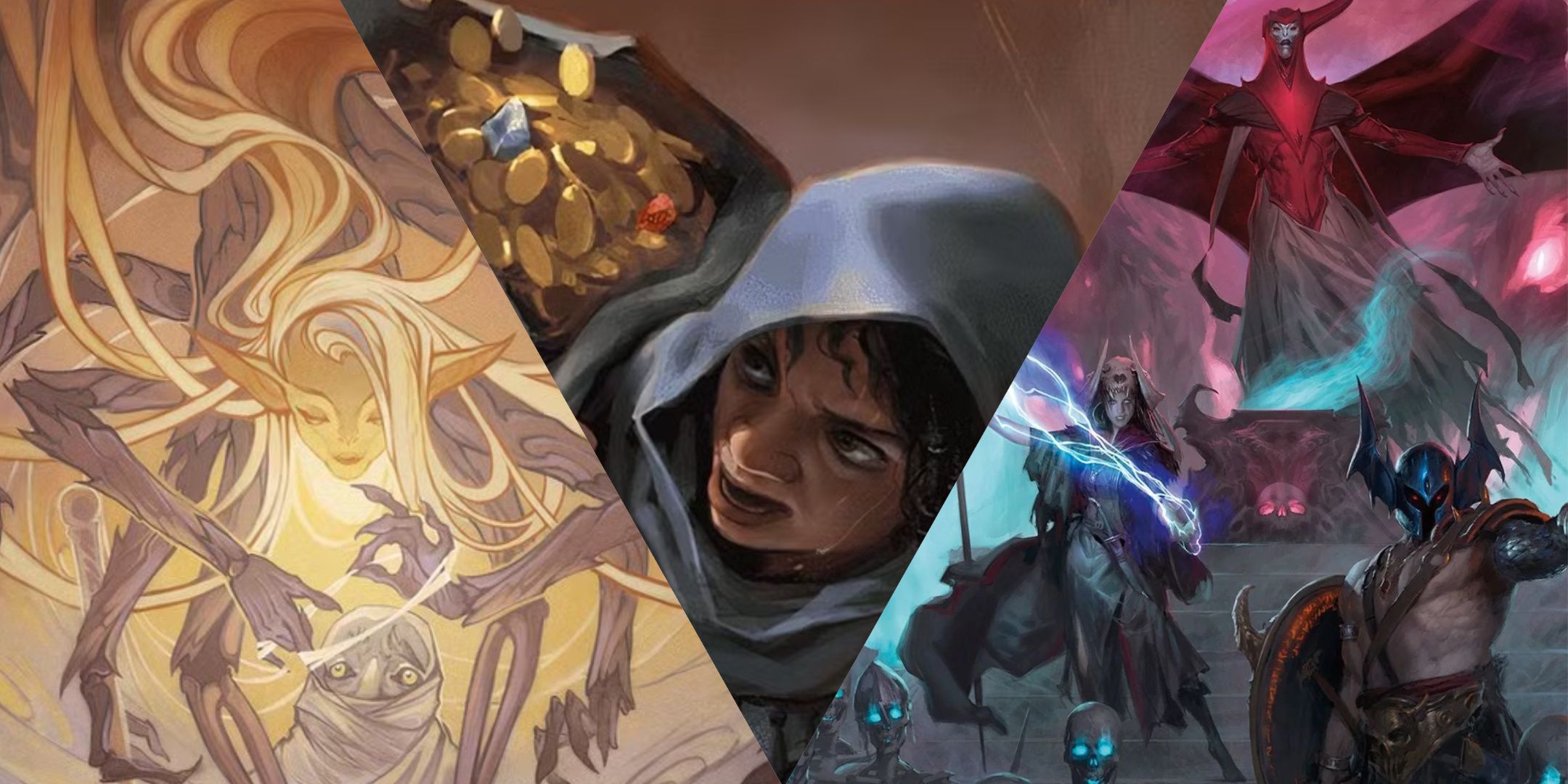
Related
Is The 2024 Dungeon Master’s Guide Worth It?
The 2024 Dungeon Master’s Guide arrives to give you a hand if you’re taking your first steps in the world of Dungeons & Dragons as a DM.
But it can be difficult to find the right people to play this wonderful game with. And that’s not because some players are doing it wrong while others are right. But this list of tips will help you find the right players for you and your campaign setting.
1
Determine Your DMing Style
On the journey to finding players who are the right fit for what you are trying to do, well, then it starts with knowing you. Some of the questions are very easy to answer. Like if you’re planning on running a long campaign or one that only lasts a handful of sessions?
But you also need to know what your playstyle is, how seriously you take the game, and if you like telling tales that are more playful and lighthearted or epics that explore what turns us all into villains. Knowing the kind of DM you are will make finding players much easier from the start.
2
Have Your Current Players Help
If you are reading this and currently don’t have any players lined up, this probably seems like a tip that is less than not helpful. This only works if you have some players, yet not as many as you want for your session. Or if you are looking for new players after old ones weren’t able to stay or continue, this could save you a lot of energy and heartache.
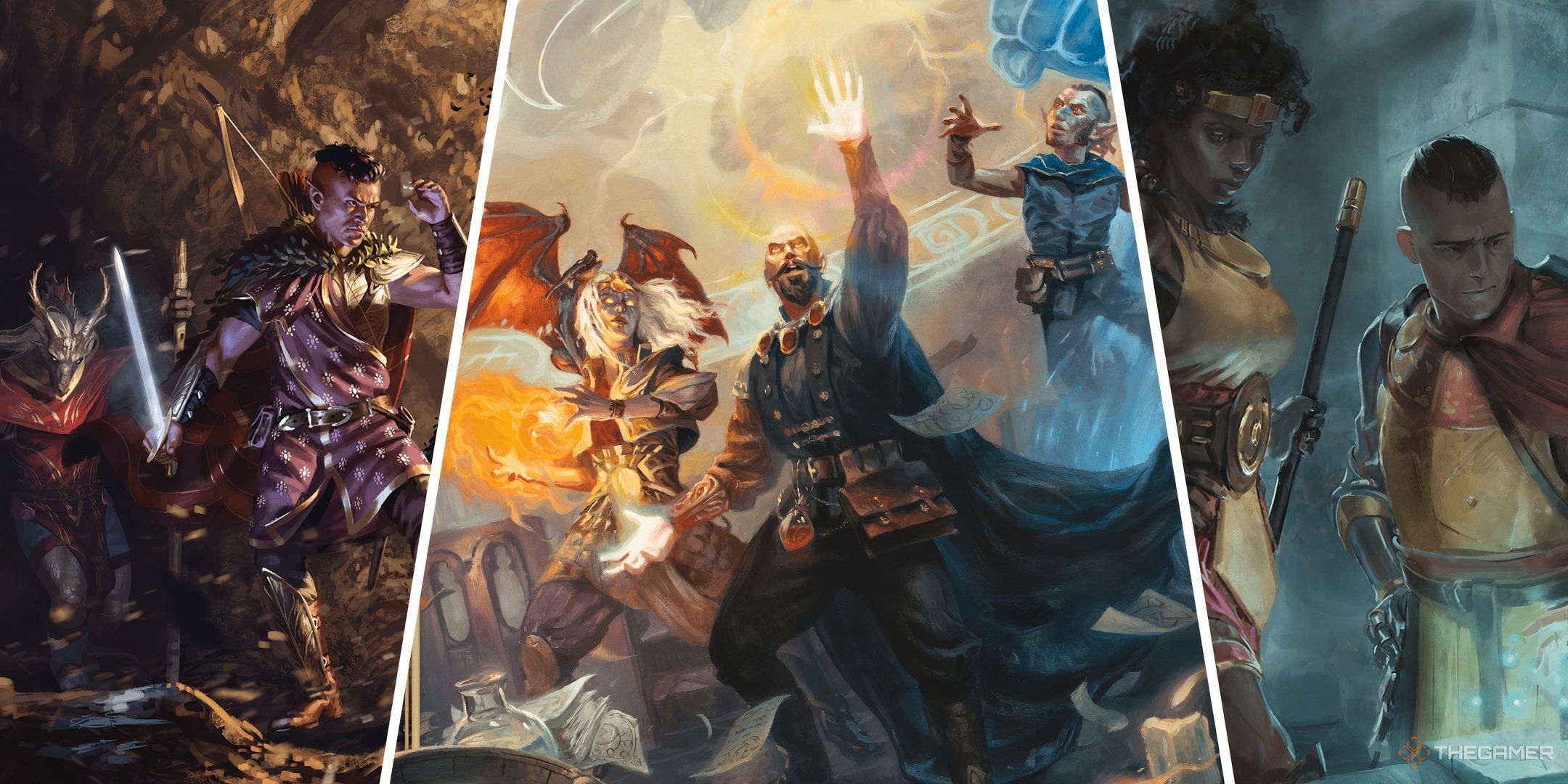
Related
After all, your players are going to know the types of players they enjoy having with them at the table. If everyone is relaxed, they’ll want someone that matches that generalized vibe. Or it could even be a role that needs to be filled, above table, or in-game. Regardless, this at least gives you some direction.
3
Market Your Game
This is where we get into the meat of looking for players. Think of your game as a product, and you want to find an audience for that product. Your DMing style and/or your players saying what they’d like to find are going to be things you’d want in an audience.
So, before blanketing an online space with “Looking For” posts, design what that post should mention. Of course, in part, this is the date and times for your sessions, but also if this is a long or short campaign, a brief description of your campaign or group, and maybe even some hard requirements. While this is personal to each DM, some examples include:
- Must play in person
- Must pay a player’s fee
- Must be LGBTQIA+ accepting
- Must be 18+ years old
4
Post In Multiple Locations
At some point, you will have to do more than ask around the friends of your friends. Unless you have a massive group of friends, in which case, congrats, what’s it like being favored by the Gods? But you’ll most likely have to post about your game somewhere.
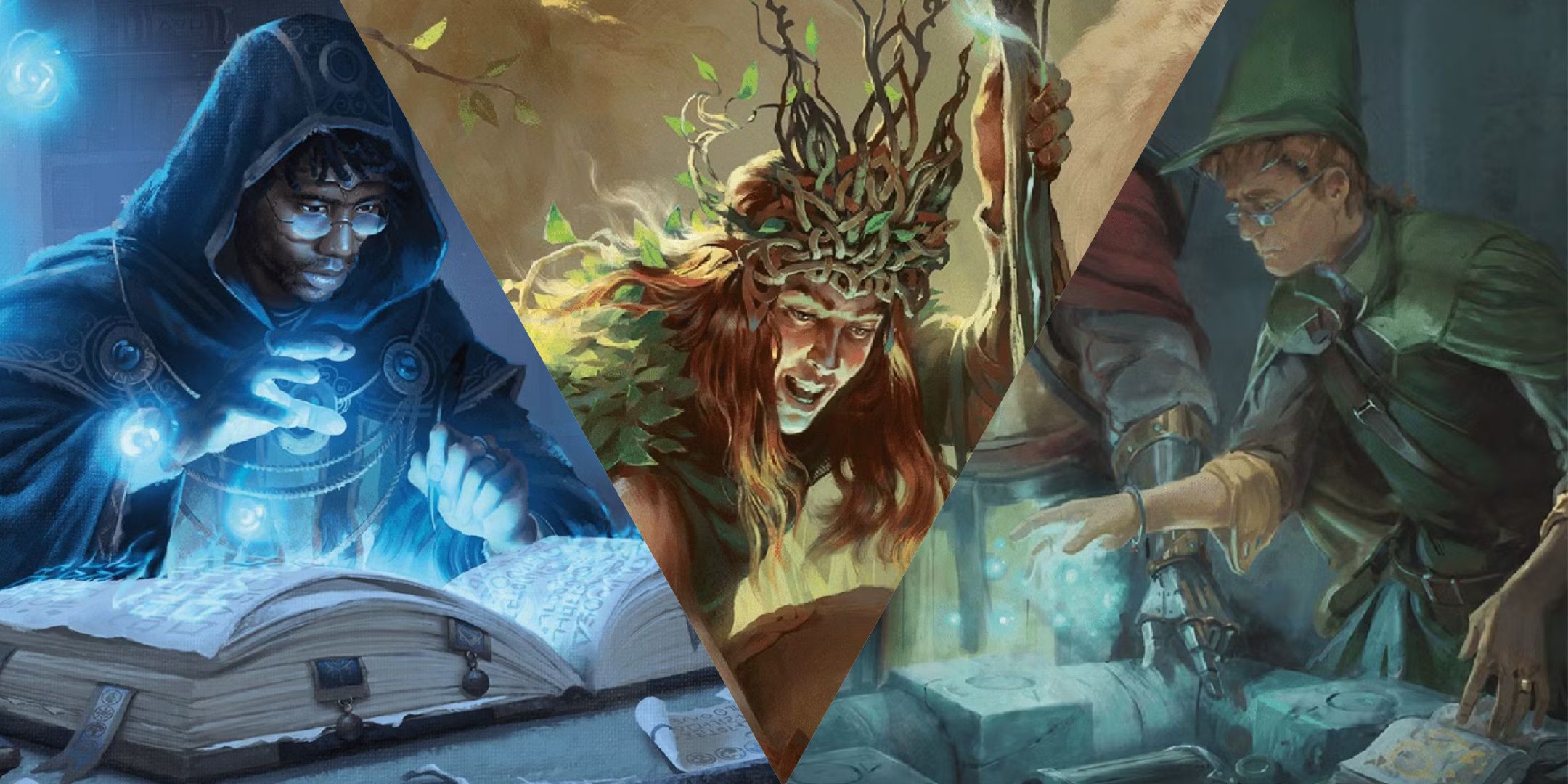
Related
Dungeons & Dragons: What Is Homebrew?
What is homebrew, and how do you do it? We’ve got several resources to help you get started with understanding and creating homebrew content in D&D.
While some may be able to rely on posting in a physical location, like a local Hobby Shop. Most people will need to post somewhere online. Whether this is in Facebook groups, on Reddit, or anywhere else, naturally, the more places you post, the more people you will find. You’ll still have to narrow down folks, sure. But you’ll have ensured those potential perfect matches had a chance to see your game.
5
Look Within Your Communities
There are two good reasons to look within any community you belong to. One, you’re bound to find like-minded people who enjoy not just the same aspects of the game, but that you also feel comfortable with. The other factor is that they can hold many of the same values you consider important.
So, using one of the examples above, if you’re a member of the LGBTQIA+ community, you’ll want to ensure that your players aren’t transphobic or homophobic. If you are a former theater kid and are planning to bring those elements to your game, then you might really enjoy having others join you who aren’t afraid to bust into a song-and-dance number. So on, so forth.
6
Be Upfront About What You’re Looking For
If you aren’t directly asking for what you want, how can anyone give you exactly what you are looking for? Whether this is in your posts looking for players or once you’ve started talking to some potential party members, if there’s something important to you, say it.
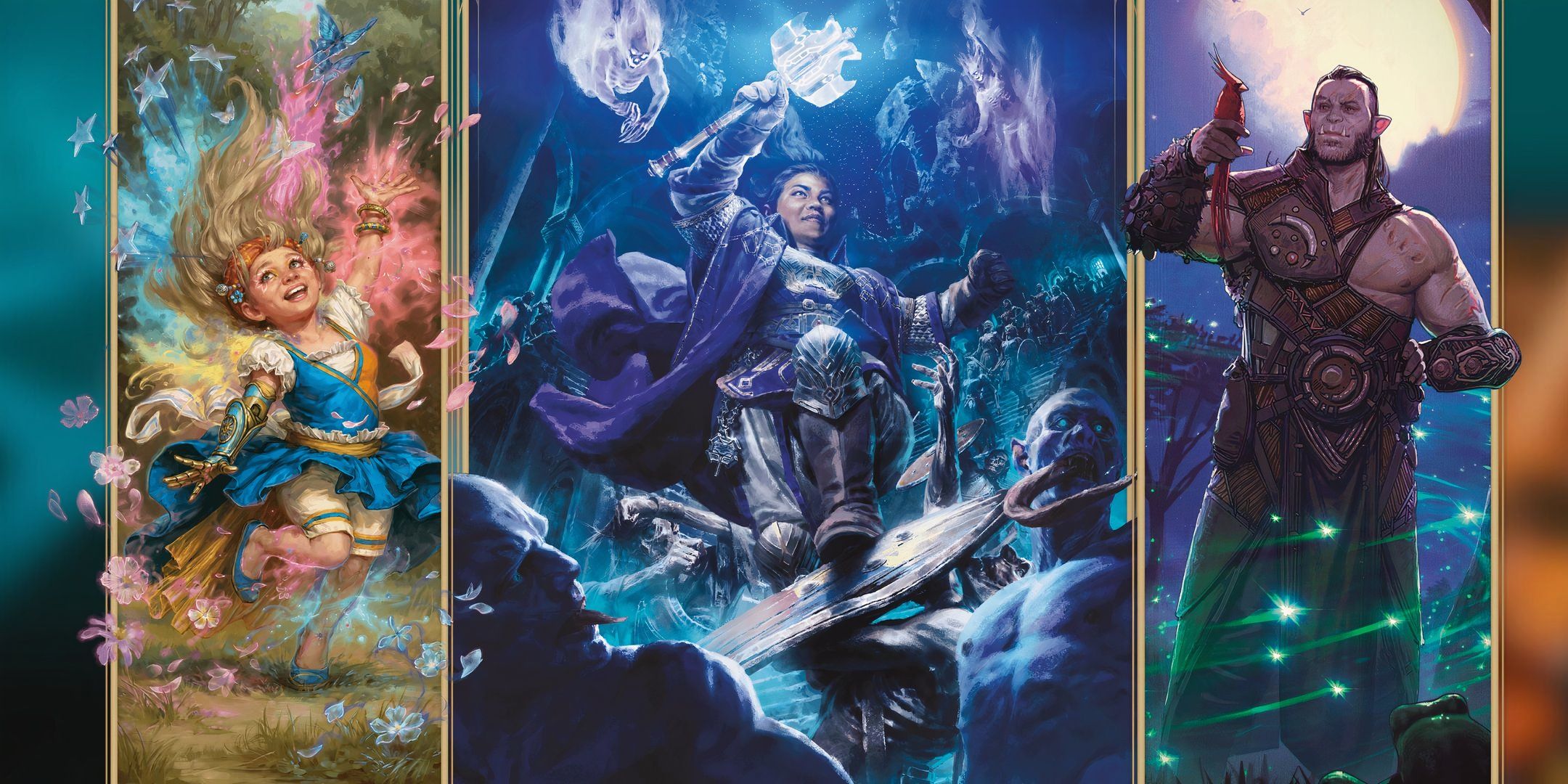
Related
D&D: Best Classes For Beginning Players, Ranked
Thanks to countless new media dedicated to Dungeons & Dragons, new players are joining in daily. Here are the best beginning classes.
Let’s use roleplay as an example. If you know you love the roleplay aspects of D&D and combat can take a back seat, let people know. Those who love roleplay will love hearing that, those who like both won’t mind hearing that, and players driven by the thrill of combat will know it’s not the session for them.
Communication is key in all aspects of Dungeons & Dragons, especially as a DM. Be sure to always keep open dialogue between you and your players, not just in the beginning.
7
Survey Or Interview Potential Players
This might sound less like a game and more like a business, but it all comes down to what you’re looking for, and this is a step that can help any DM find the players they want. This doesn’t have to be some massive, 100-question document. And it shouldn’t focus on characters or any in-game information.
This can be a few questions where you ask some things that are a priority for you. And even if it’s not just about priorities, it can give you more of a clearer picture of the person wanting to join your game. A couple of ideas are:
- Can you commit to our game schedule?
- Are you accepting of all religions at the table?
- What is your favorite part of D&D? Describe why.
8
A Dash Of Luck
Look, sometimes you do need to get a bit lucky. But how is that a tip? There are some things you can do to help boost your luck. Even just following some of the tips above ensures that people know what you’re looking for and can see if that would be the right fit for them. So, instead of turning potential lifelong friends and players away, you’re welcoming them in.
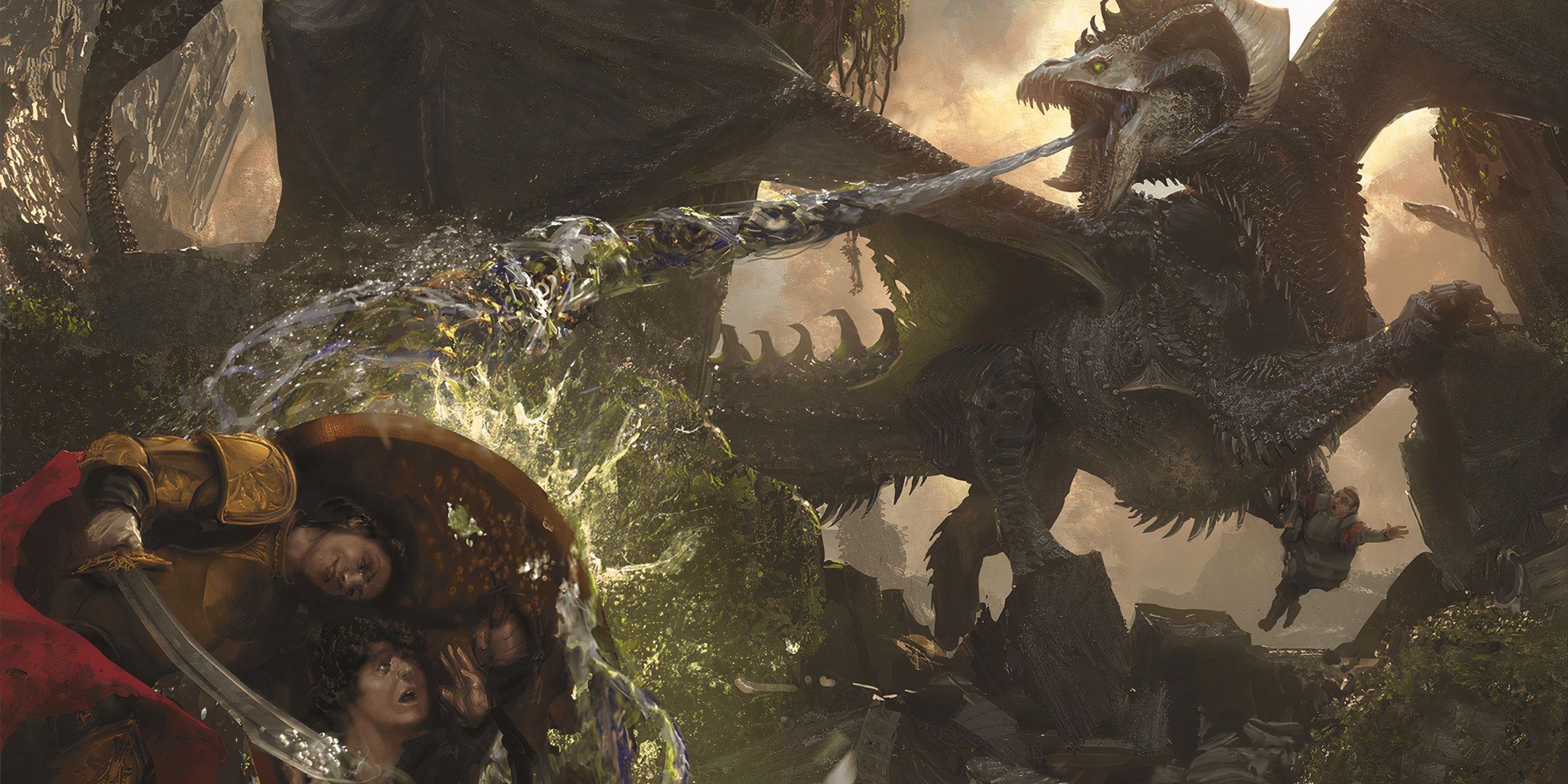
Related
Dungeons & Dragons: How To Create An Adventure Using The 2024 Dungeon Master’s Guide
If you’re new to being a DM in Dungeons & Dragons, you’re in luck: the 2024 Dungeon Master’s Guide can help you a lot. Check out these tips!
But it also requires being open-minded. Maybe you know you want four players. But man, this one person who reached out sounds like they’d make a great fifth at our table. So give a little bit of wiggle room for luck to weasel its way in too.
9
Session Zero
Every campaign should have a session zero.That’s just good DMing. But this is really one more chance for you to see how things are going before you kick off your campaign. This could even be more of a chemistry test, especially if you’ve made posts telling all the important details of the campaign.
It will let you see how the players are getting on together and if they are respectful around the table or in a digital space. Maybe a personality is just really clashing with your own, or the person is making inappropriate jokes they wouldn’t have when asking to join. So, while this won’t be a complete fail-safe, session zero’s can be a tool for you checking out players as much as one for them checking out your game.
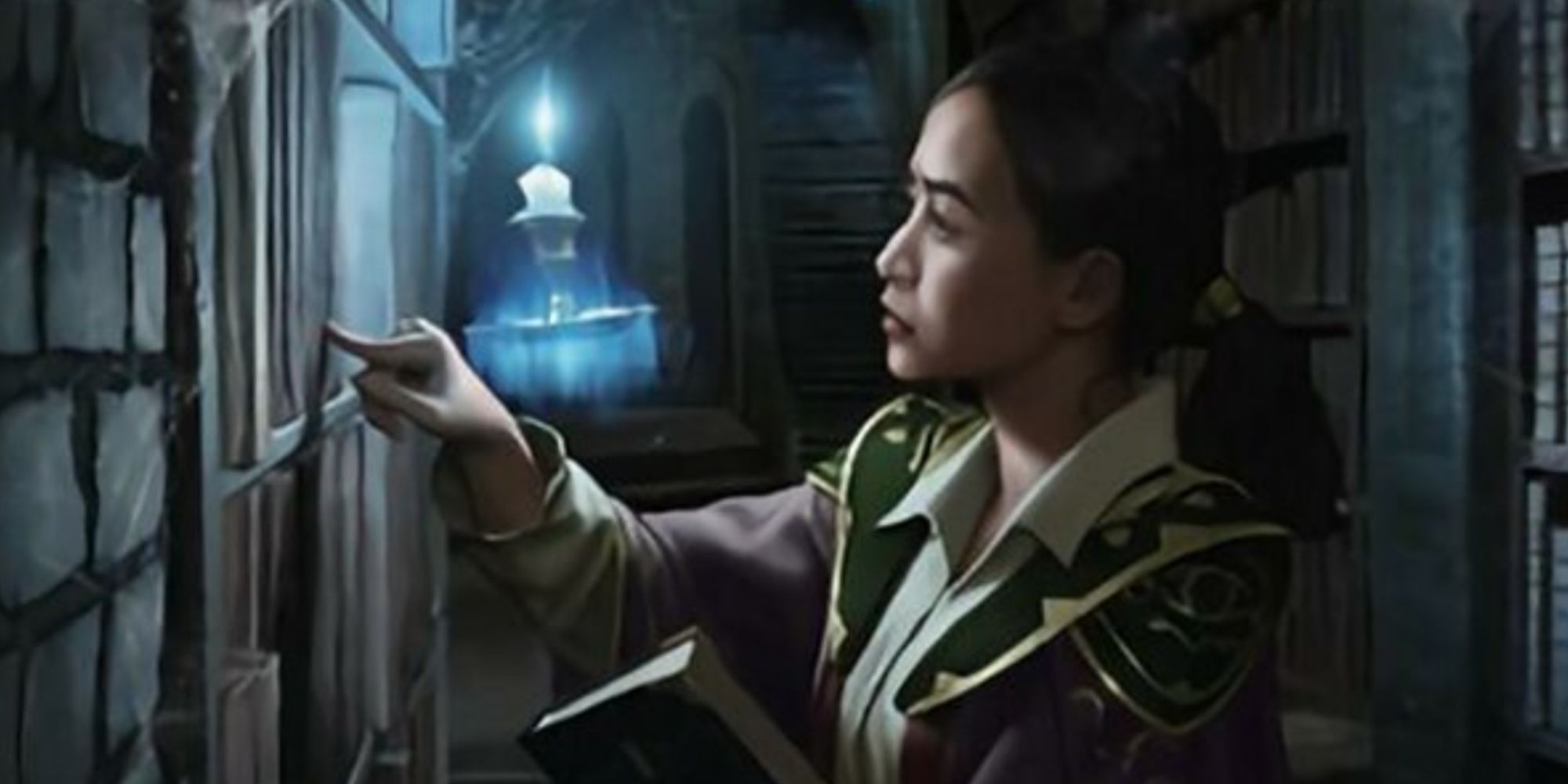
Related
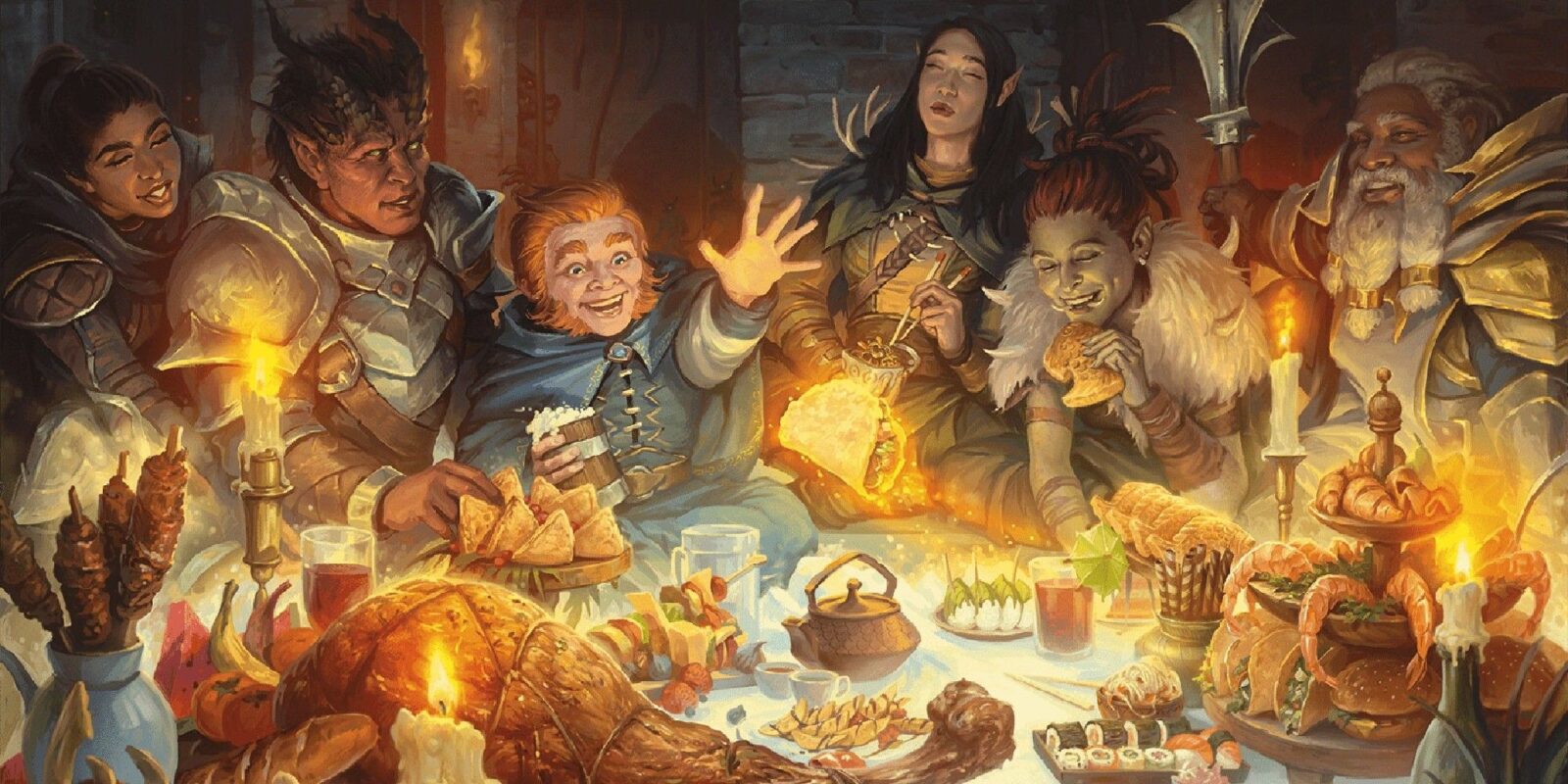
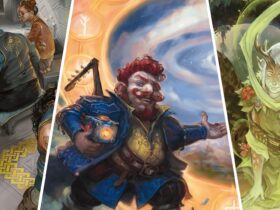

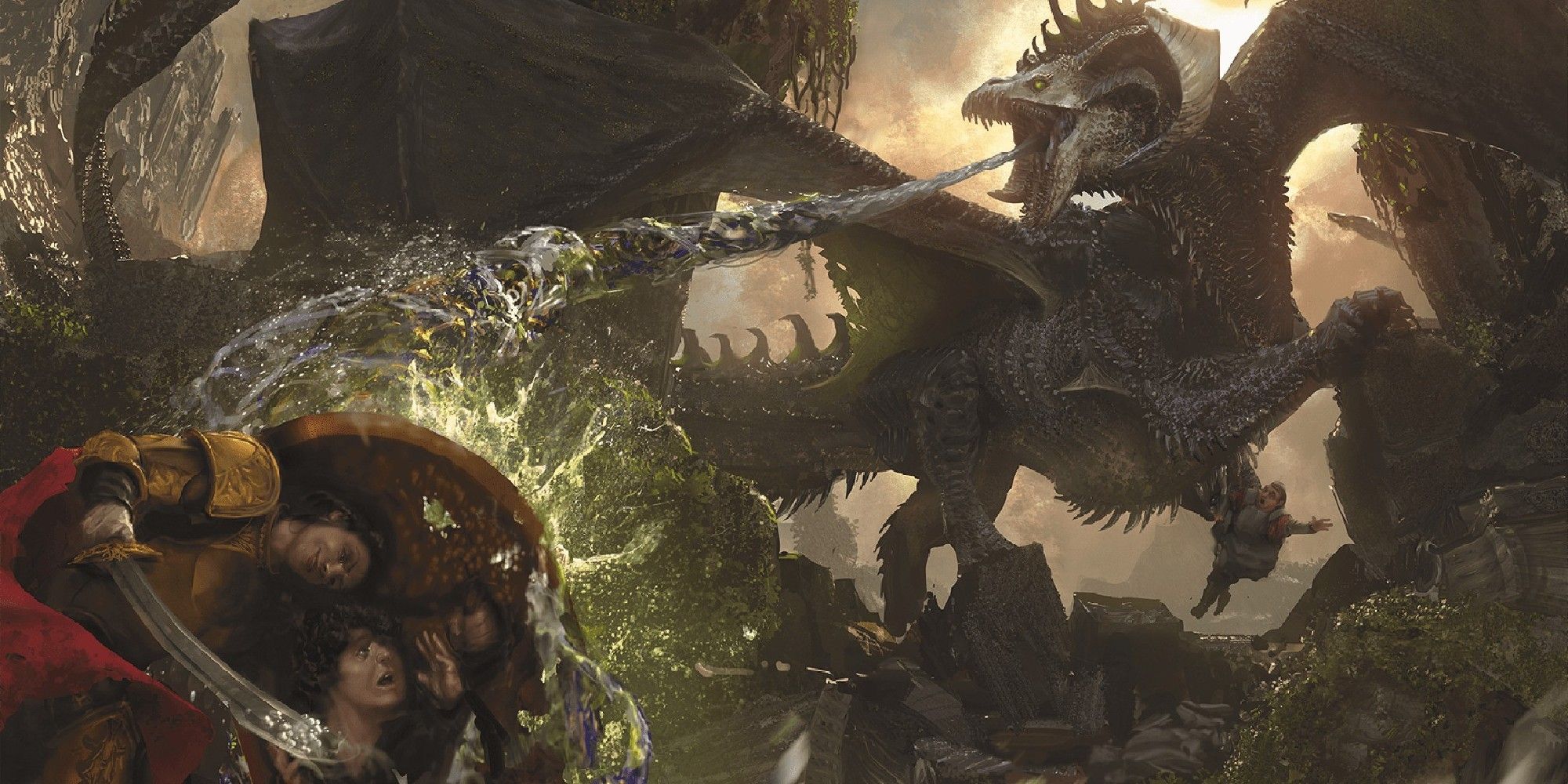


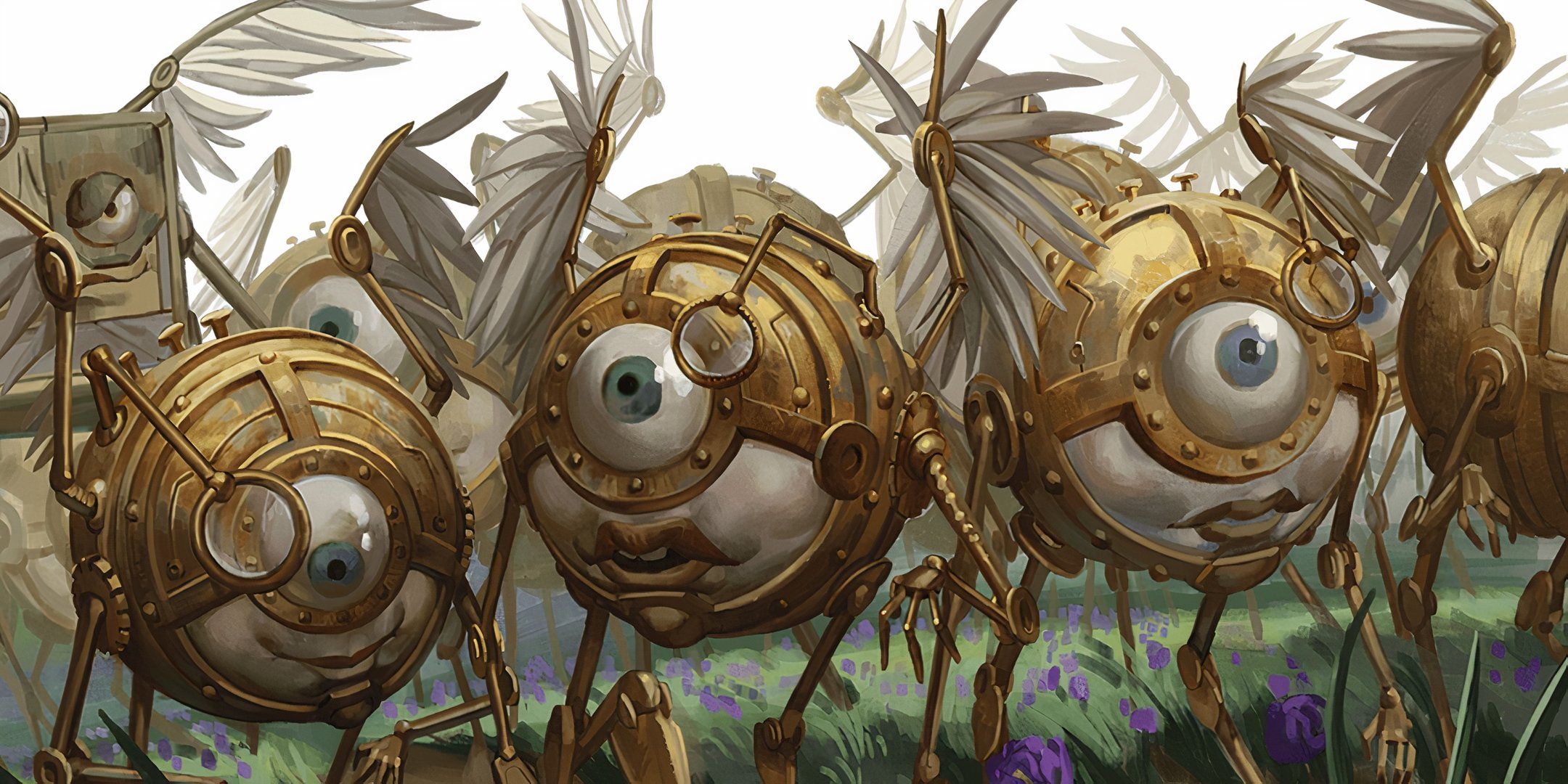
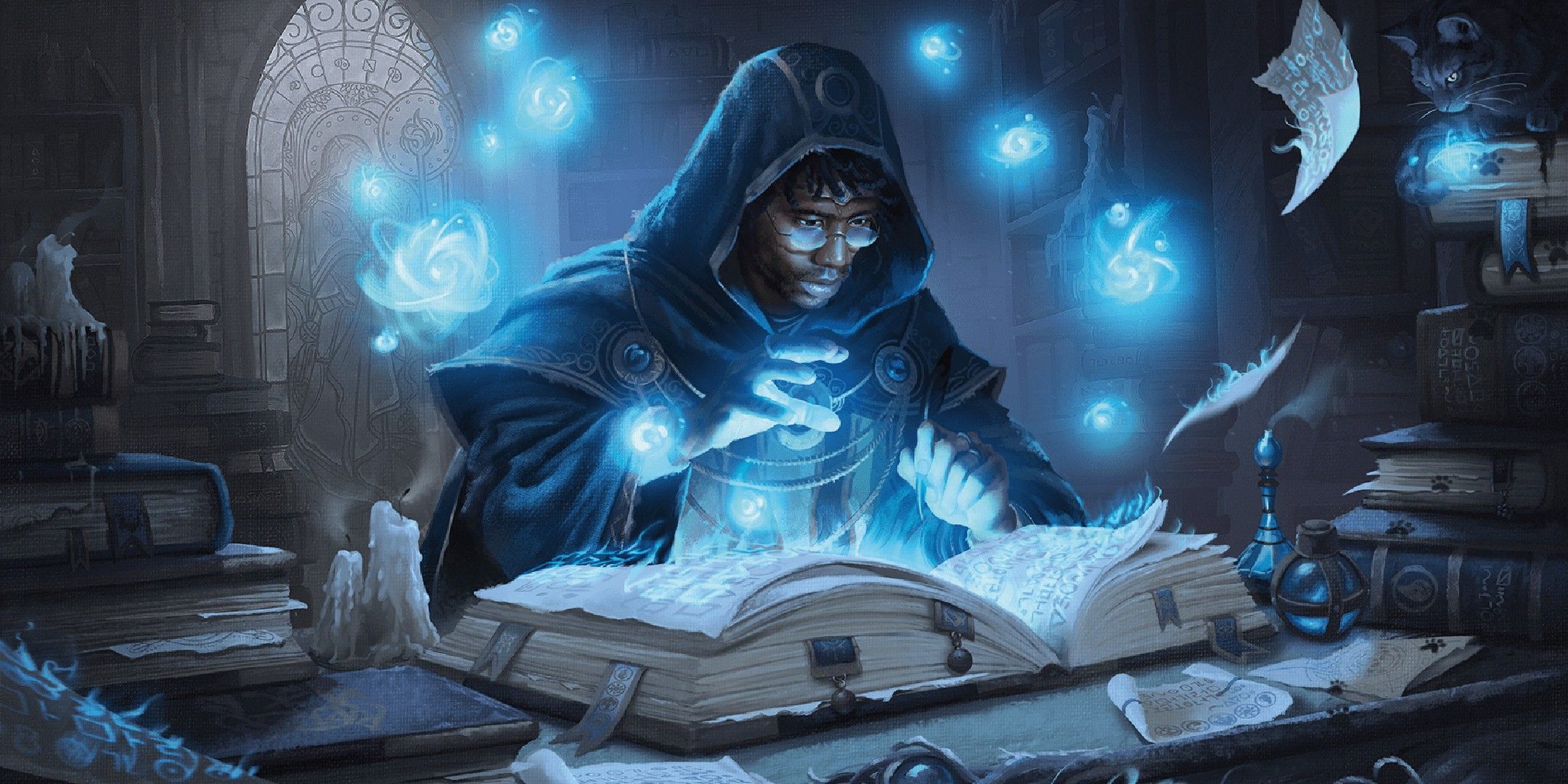


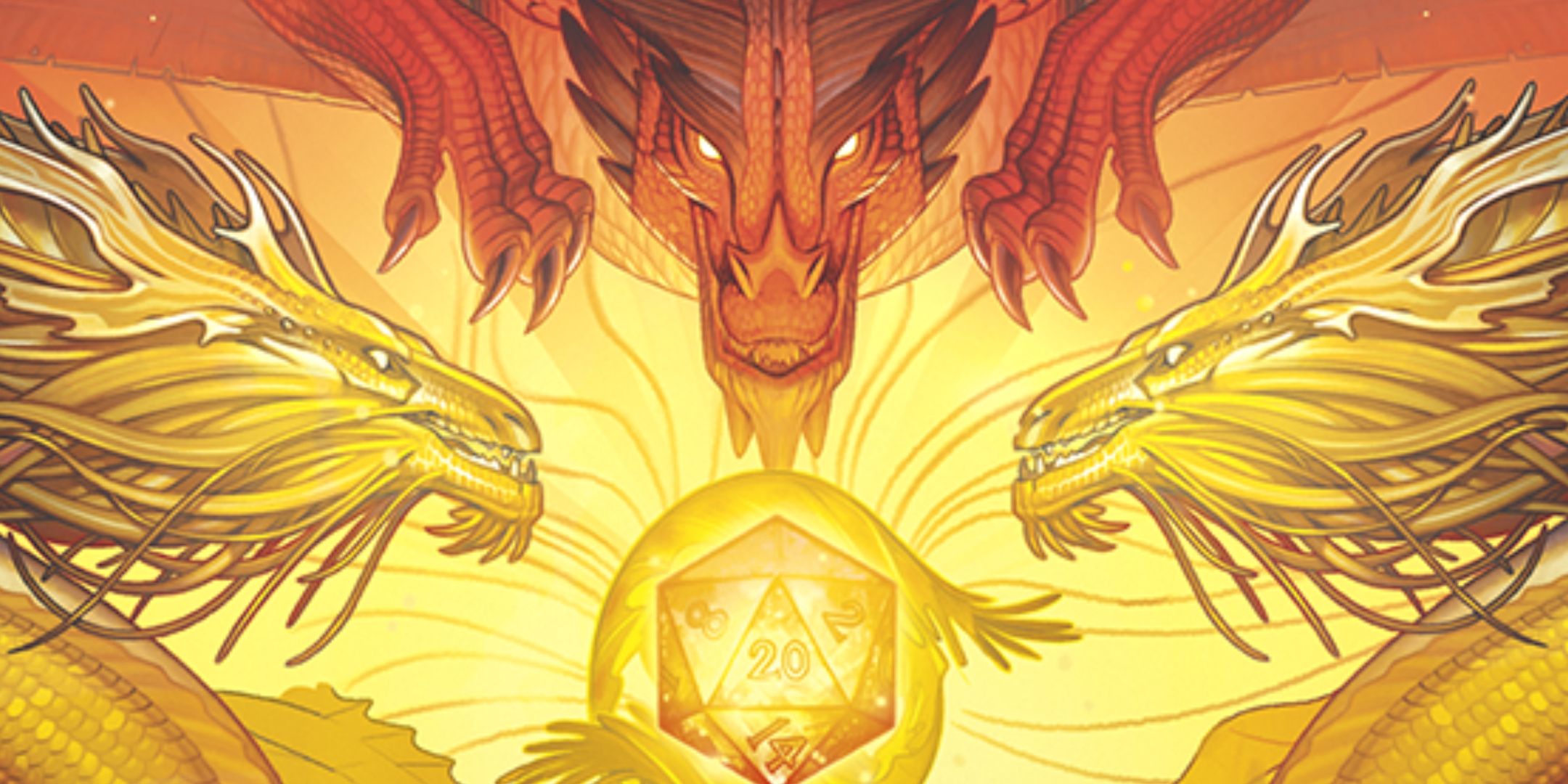




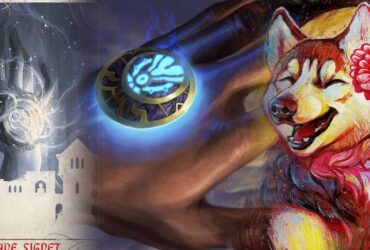
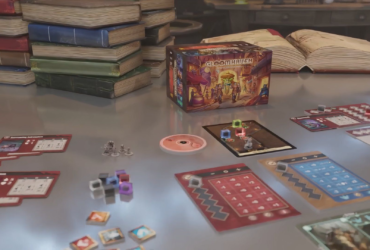
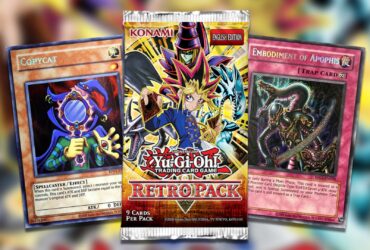

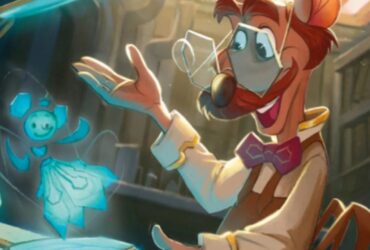
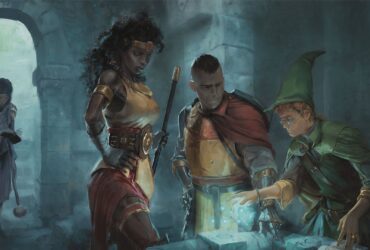
Leave a Reply